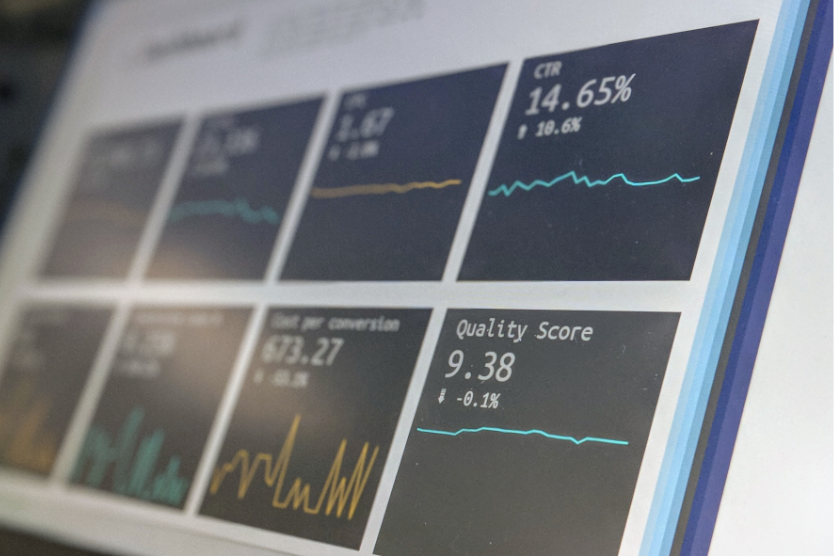
A new kind of lithium-metal battery promises extremely high energy density with excellent stability.
© Stephen Dawson, Unsplash
A new kind of lithium-metal battery promises extremely high energy density with excellent stability. Researchers from the Helmholtz Institute Ulm (HIU) at the Karlsruhe Institute of Technology (KIT) used a promising combination of nickel-rich cathode and dual-anion electrolyte to achieve a record-breaking density of 560 watt-hours per kilogram. The novel battery would be better-suited for the electric cars of the future than lithium-ion batteries, which are approaching their energy density limits.
Stability is very hard to achieve in lithium-metal batteries using conventional battery electrolyte (LP30), where storage capacity decreases with every cycle of charging and discharging. Professor Stefano Passerini, director of HIU and head of the Electrochemistry for Batteries Group at KIT, spells out the problem: “In the electrolyte LP30, particles crack on the cathode. Inside these cracks, the electrolyte reacts and damages the structure. In addition, a thick, mossy lithium-containing layer forms on the anode,” he says in a press release.
Therefore, the team used a non-volatile, dual-anion ionic liquid electrolyte (ILE), instead. “With the help of ILE, structural modifications on the nickel-rich cathode can be reduced significantly,” says Dr Guk-Tae Kim from the Batteries Group at HIU. Meanwhile, the overall higher energy-capacity-per-mass was achieved using a cobalt-poor, nickel-rich layered cathode (NCM88).
The research findings, which were originally reported in Joule, will be of particular interest to manufacturers of electric vehicles.


